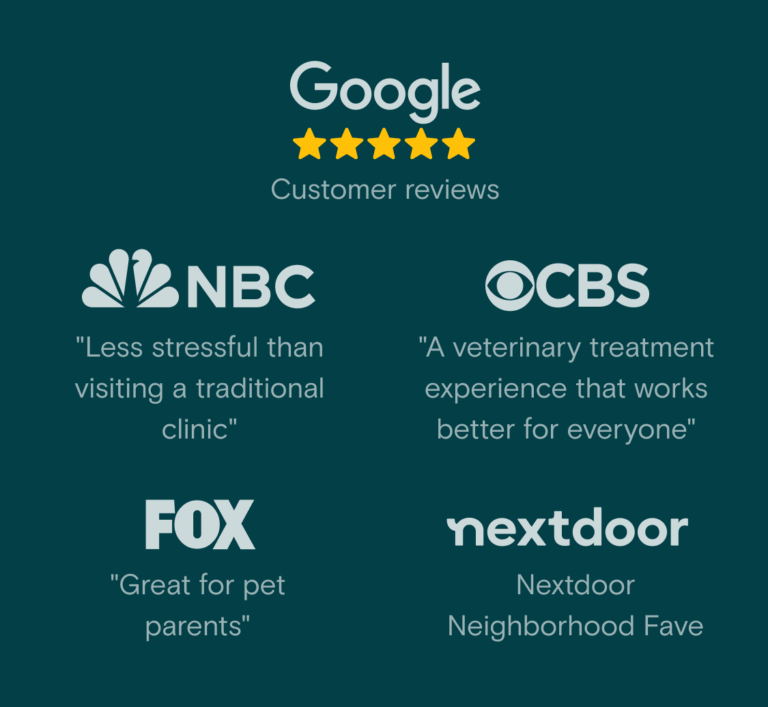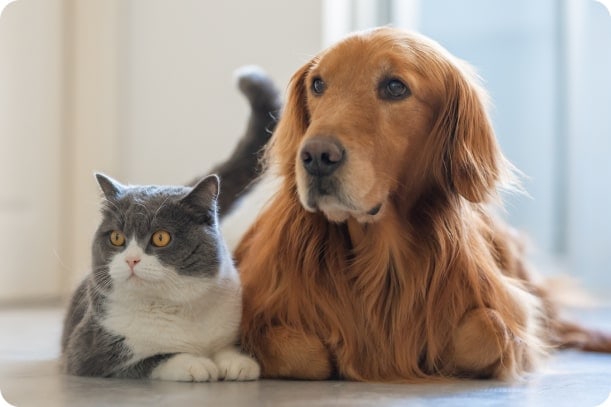Pet care comes home
- Book now – limited availability!
Pet care comes home
Schedule a mobile vet visit and get exceptional pet care in the comfort of your home.
- Book now – limited availability!

Pet care comes home
Schedule a mobile vet visit and get exceptional pet care in the comfort of your home.
- Book now – limited availability!



The Vets + BetterVet:
a new era in pet healthcare
The Vets + BetterVet: a new era in pet healthcare
We’re thrilled to announce our merger with BetterVet. With our expanded network, scheduling an at-home vet visit is easier than ever. Whether you need a routine check-up, vaccinations, or lab tests, we now have more appointment slots to serve you and your pet when you need us most.


Take the stress out of going to the vet
Ditch the cramped carriers and crowded waiting rooms — let The Vets bring world-class pet care to you.

Stress-free visits
Staying home keeps your pets feeling safe and relaxed during their vet visit.
Multi-pet appointments
More than one pet? Book a single at-home visit and The Vets will take care of your whole pack.

No-fuss online booking
Simply choose a time that works for your busy schedule, and let The Vets come to you.

Explore our Total WellnessTM Membership
Explore our Total WellnessTM Membership
Unparalleled care – at a price that’s just right – right in your living room. Membership includes every essential – from exams to lab work to preventative meds – and much more.
Our locations
Click on the map below to visit a location.
Read some of our 5‑star reviews

Compassionate care, at your doorstep
Compassionate care, at your doorstep
Our skilled veterinarians deliver expert care with a personal touch, making it easy for you to take the best care of your whole household of pets.
Our services

Vaccinations
We provide a wide selection of canine and feline vaccines.

Sick visits
If your pet suddenly feels unwell, you can book a same-day or next-day appointment. Please note that we do not provide emergency services.

Home lab tests
We perform all types of lab tests: from blood work to skin scraping and urine samples.

Wellness exams
Comprehensive nose-to-tail exams to make sure your pet is healthy and well.

Microchipping
Prevent the heartache of a lost pet, and improve your chances of being reunited with your beloved cat or dog.

Nutrition advice
Our medical teams will work with you in building a balanced nutrition plan customized to the pet’s lifestyle, health, and overall well-being.
Keeping your pets calm and creating a positive experience during routine exams is better for everyone. That’s why our medical teams will go the extra mile to eliminate anxiety, stress, and fear in each patient during the appointment.
Follow us on Instagram
to get your daily dose of exclusive content tailored for pet parents





















